#downtown vancouver
Text
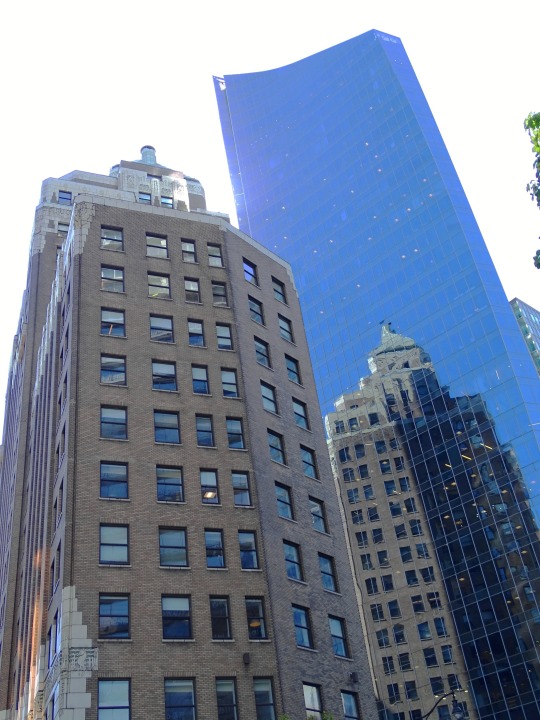
Seeing Double
What do you think about my pic?
#MNP Tower#Kohn Pedersen Fox#travel#original photography#vacation#tourist attraction#landmark#cityscape#architecture#Vancouver#British Columbia#summer 2023#reflection#Marine Building#355 Burrard Street#Downtown Vancouver#Art Deco#I love Art Deco so sue me#McCarter Nairne and Partners#photo of the day#What do you think about my pic?#Canada#BC
4 notes
·
View notes
Text

Marugame Udon x Crosstown.
[The] world-famous Japanese noodle restaurant chain [...] officially opened its very first location in Canada, alongside a thousand other outlets worldwide, last week after a wildy successful initial run—already among the top 5% of all Marugame shops—starting in late February.
Nikutama udon with sweet-flavoured beef, poached Onsen egg, and BK sauce.
#marugame#marugame udon#rick chung#udon#features#collage#media#vancouver#vancity#downtown vancouver#british columbia#lower mainland#japanese#japanese food#japanese cuisine#noodles#udon noodles#tempura#soup
3 notes
·
View notes
Text
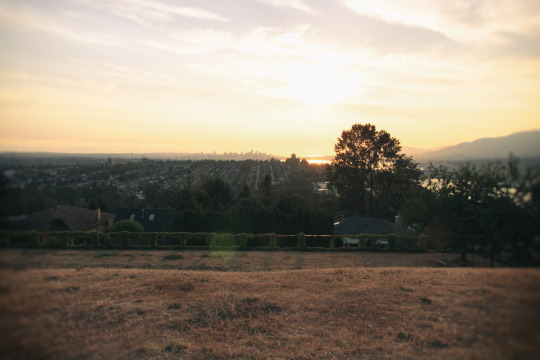
View of downtown Vancouver in the distance from Capitol Hill in Burnaby.
#vancouver#burnaby#capitol hill#reservoir park#downtown vancouver#vista#local#photographers on tumblr#original photography
39 notes
·
View notes
Text
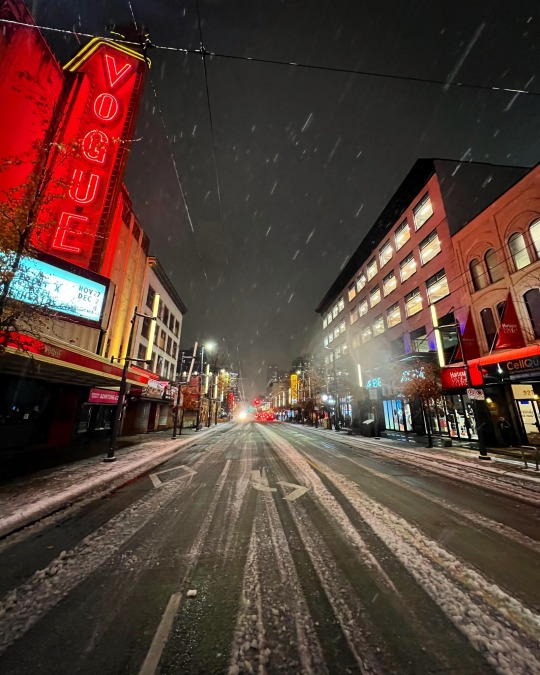
Snowy night down Granville Street, Vancouver.
#snowy night#granville street#vancouver bc#neon signs#vintage sign#vogue theatre#Vancouver#snowing#neon sign#vintage signs#vancity#604#yvr#downtown vancouver#snow#Spotify
22 notes
·
View notes
Text
Here, have: a photo!
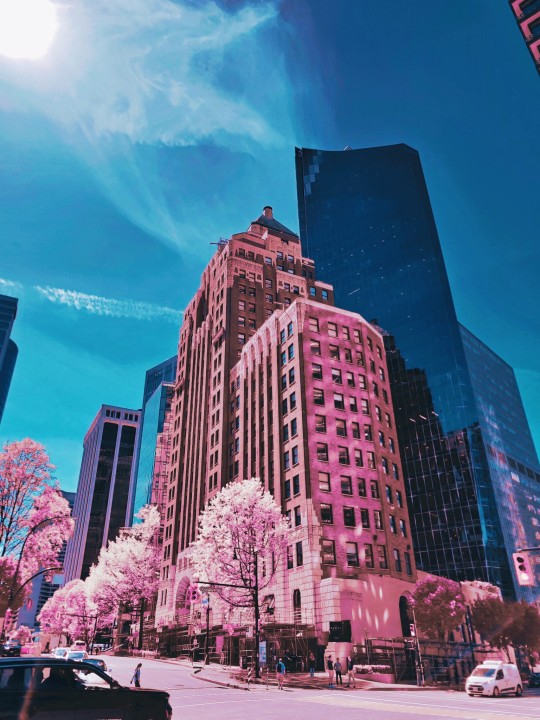
7 notes
·
View notes
Text


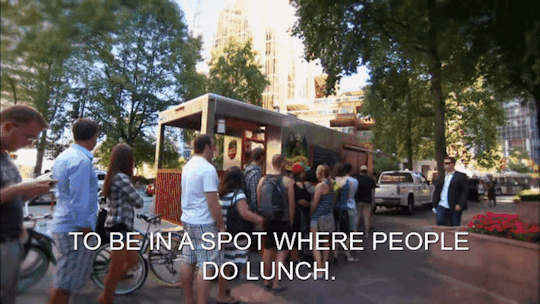
[ON DOWNTOWN VANCOUVER'S BURRARD AND WEST HASTINGS. IMPORTANT FOR ME TO KNOW, I EXHORTED HIM TO BE IN A SPOT WHERE PEOPLE DO LUNCH.]
#s13e01 seafood and sammies#guy fieri#guyfieri#diners drive-ins and dives#downtown vancouver#west hastings#burrard#spot#people#lunch
4 notes
·
View notes
Text
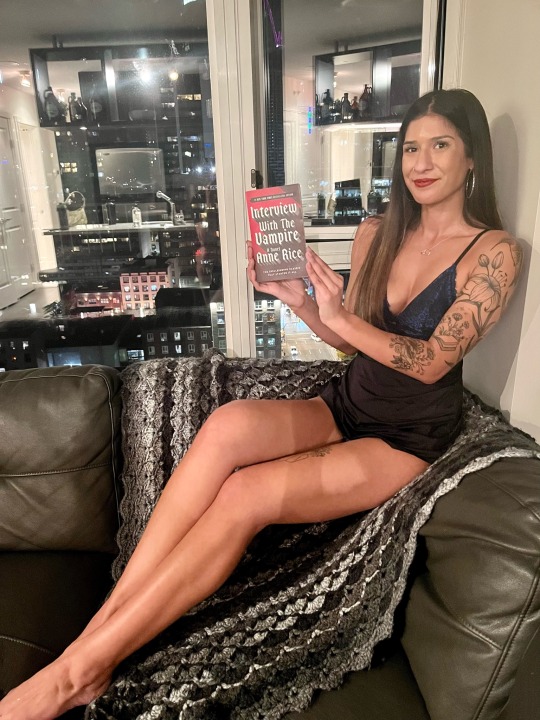
Well, well, well. Spooky season is in full throttle. Therefore, it only felt right to review a classic that routinely appeals to this time of year.
“The only power that exists is inside ourselves.”
Three words to summarize Interview with the Vampire by Anne Rice: erotic, compelling, & sensual.
This is the story of Monsieur Louis de Point du Lac. The experiences & history of him being a vampire; all explained to an eager, but noticeably younger, biographer.
Beginning in 1791, two centuries transition into the next — with remarkable characters that create both despair & harmony within Louis’ immortal life. Thus, these cryptic relationships take a toll which ultimately, creates consequences of mayhem.
I found this book to be almost a right of passage for Stephanie Meyer, lol. There were many similarities between Interview with the Vampire & The Twilight Saga. However, Anne Rice was first. She created a plot featuring homosexuality, during an era where it was heavily looked down upon. Additionally, breaking stereotypes + gender norms for men & the family dynamic.
I am amazed at how sensual this book was to read without any sexual explicit scenes — it was the talented writing that made the passion & poetic ambience. With that being said, I found Louis to have many monologue moments that lingered. It felt very useless to the story. I got bored with his rambling… reminded me of Addie Larue a bit. ;)
All in all, what a seductive read. Many iconic historical moments from the 18th to 20th century that Rice included, which I loved. If you enjoy anything supernatural, or like me, a grown up #twihard — this one is for you!
#bookaddict#bookish#bookworm#book review#vancouver#downtown vancouver#interview with the vampire#anne rice#book blog#booksbooksbooks#books#girls with piercings#girls with tattoos#tattoogirls#spooky#review
9 notes
·
View notes
Text
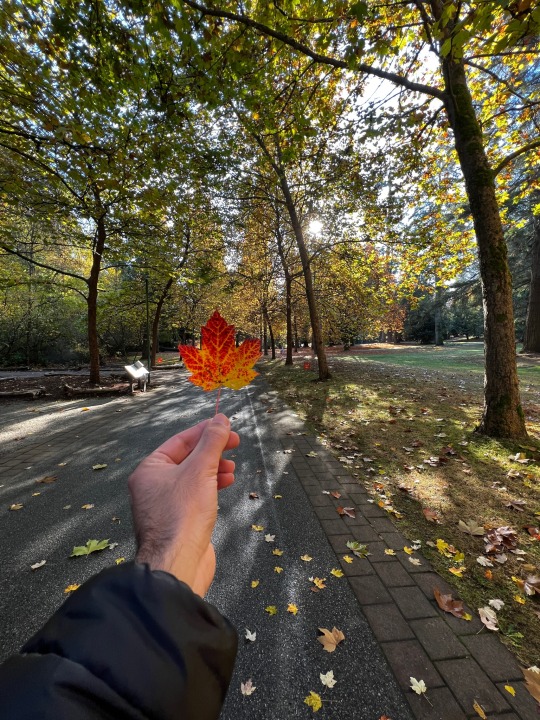
#vancouver#vancouver bc#fall foliage#fallforautumn#fall leaves#fall vibes#fall colors#downtown vancouver#vancity
7 notes
·
View notes
Text
July's sales stats are certainly a story of contrasts with different neighbourhoods - sometimes side-by-side - having very different sales performance for the sake of a city block or two. As detached, single-family home sales are declining still, focusing on the condo market is more appropriate since it appears sales of these attached homes in multi-unit residential buildings continue to chug along. But still, it depends on the neighbourhood. The grass isn't always greener on the other side, but in Vancouver's case it's usually summer amber everywhere.
#vancouver#vancouver housing#vancouver real estate#market update#vancity#downtown vancouver#kitsilano#kitsilano vancouver yvr vancity vancitybuzz#real estate#real estate agent#realtor
2 notes
·
View notes
Text

#Canada#Vancouver#Vancity#Vancouver BC#Downtown Vancouver#35mm format#35mm flim#35mm camera#35 mm photography#35 mm color film#film photography#film phogoraphy#kodak gold 200
4 notes
·
View notes
Text
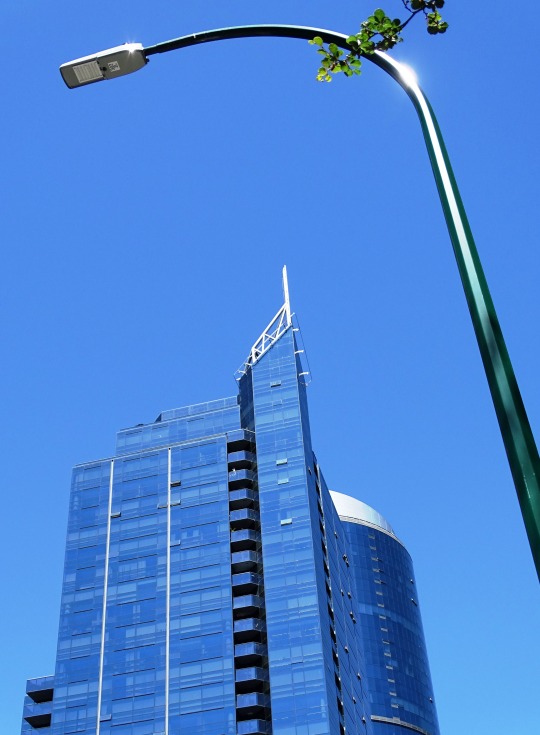
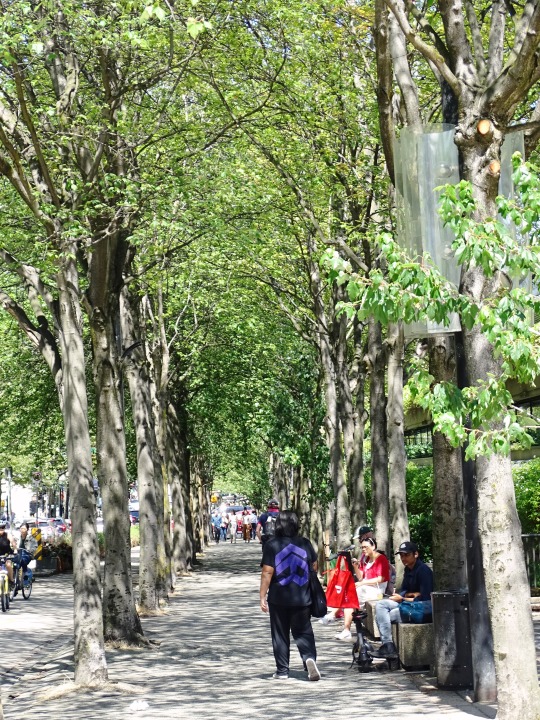

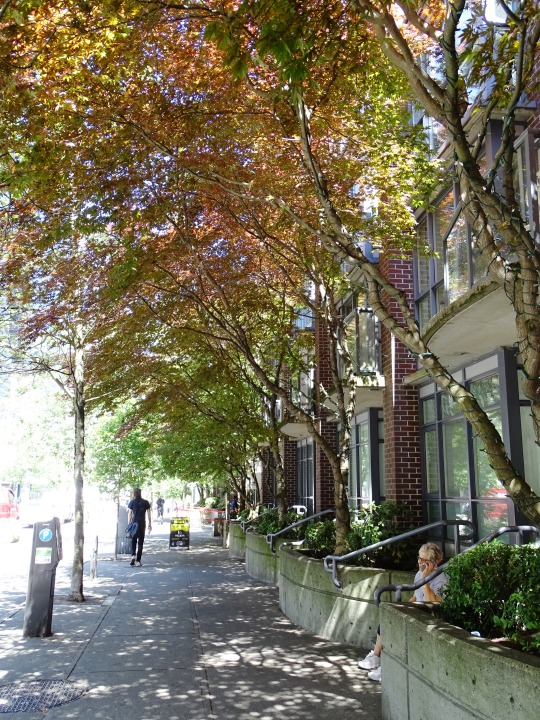
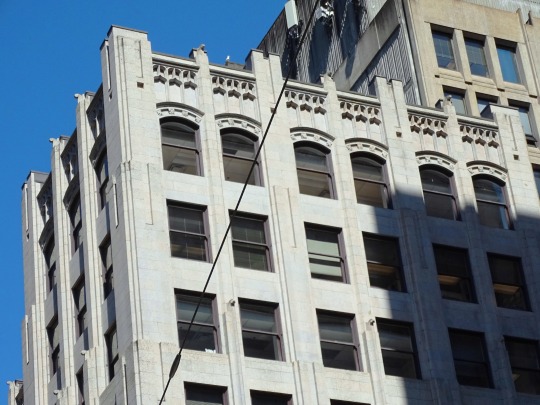

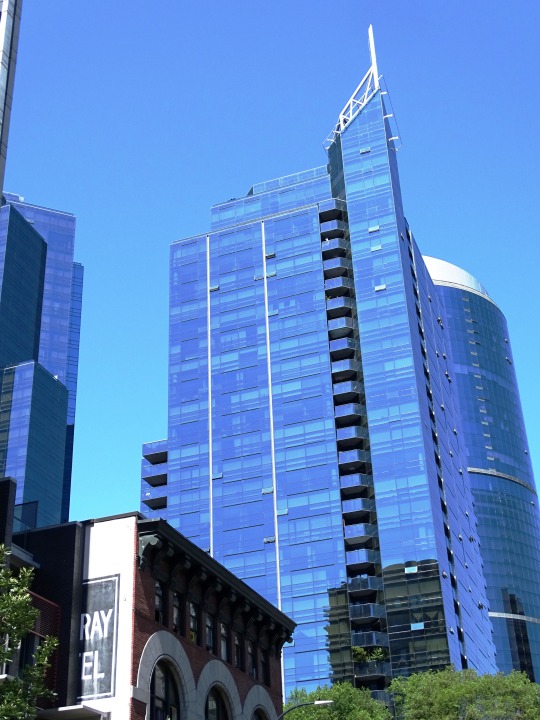

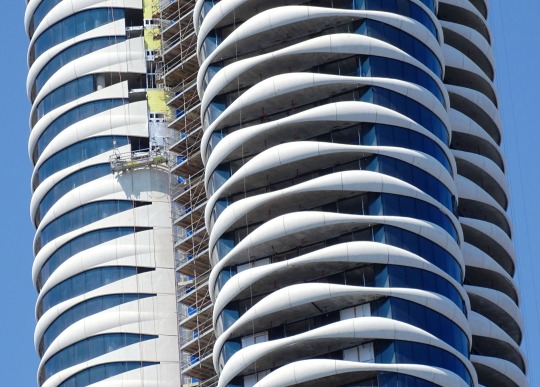
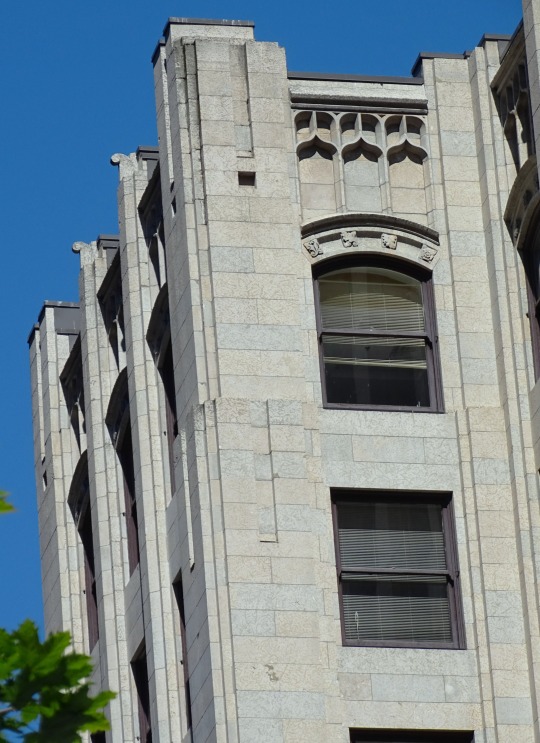
Downtown Vancouver (No. 1)
Vancouver is a major city in western Canada, located in the Lower Mainland region of British Columbia. As the most populous city in the province, the 2021 Canadian census recorded 662,248 people in the city, up from 631,486 in 2016. The Greater Vancouver area had a population of 2.6 million in 2021, making it the third-largest metropolitan area in Canada. Greater Vancouver, along with the Fraser Valley, comprises the Lower Mainland with a regional population of over 3 million. Vancouver has the highest population density in Canada, with over 5,700 people per square kilometre, and fourth highest in North America (after New York City, San Francisco, and Mexico City).
Vancouver is one of the most ethnically and linguistically diverse cities in Canada: 49.3 percent of its residents are not native English speakers, 47.8 percent are native speakers of neither English nor French, and 54.5 percent of residents belong to visible minority groups. It has been consistently ranked one of the most livable cities in Canada and in the world. In terms of housing affordability, Vancouver is also one of the most expensive cities in Canada and in the world. Vancouver plans to become the greenest city in the world. Vancouverism is the city's urban planning design philosophy.
Indigenous settlement of Vancouver began more than 10,000 years ago, and included the Squamish, Musqueam, and Tsleil-Waututh (Burrard) peoples. The beginnings of the modern city, which was originally named Gastown, grew around the site of a makeshift tavern on the western edges of Hastings Mill that was built on July 1, 1867, and owned by proprietor Gassy Jack. The Gastown steam clock marks the original site. Gastown then formally registered as a townsite dubbed Granville, Burrard Inlet. The city was renamed "Vancouver" in 1886, through a deal with the Canadian Pacific Railway. The Canadian Pacific transcontinental railway was extended to the city by 1887. The city's large natural seaport on the Pacific Ocean became a vital link in the trade between Asia-Pacific, East Asia, Europe, and Eastern Canada.
Source: Wikipedia
#Sheraton Wall Centre Hotel - West Tower#Hornby St#Butterfly#Montreal Trust Building#Downtown Vancouver#travel#original photography#vacation#tourist attraction#landmark#cityscape#architecture#summer 2023#BC#Vancouver#British Columbia#Canada#street scene#nature#tree#exterior
7 notes
·
View notes
Text
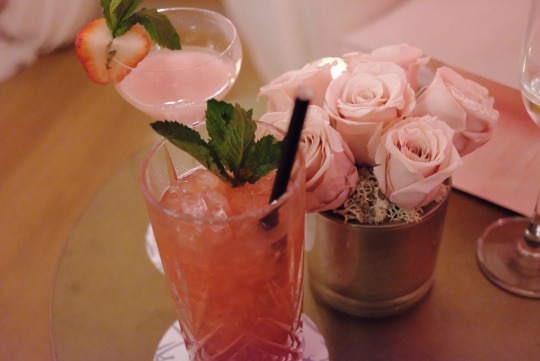
Blush x Fairmont Hotel Vancouver x Financial District.
Saintly Wines' pop-up bar.
"Passion Potion": Montis Distilling Cloud 9 gin, St-Germain elderflower liqueur, and lemon.
"Flying Solo": El Tesoro blanco tequila, Saintly rosé sparkling wine, grapefruit, and lemon.
#rick chung#fairmont#fairmont hotel#hotel#vancouver#vancity#downtown vancouver#cocktail#cocktails#cocktail bar#cocktail culture#rose#pink#blush#roses#wine#wines
3 notes
·
View notes
Text
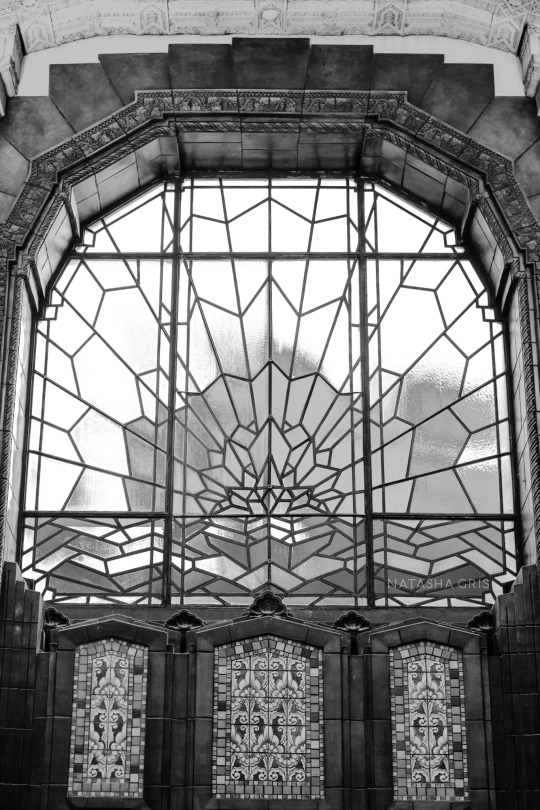
Ornate. Photography: © Natasha Gris. All Rights Reserved.
#natasha gris#fine art photography#black and white photography#stained glass#the marine building#downtown vancouver#vancouver bc#heritage building#art deco#1920s
0 notes
Text
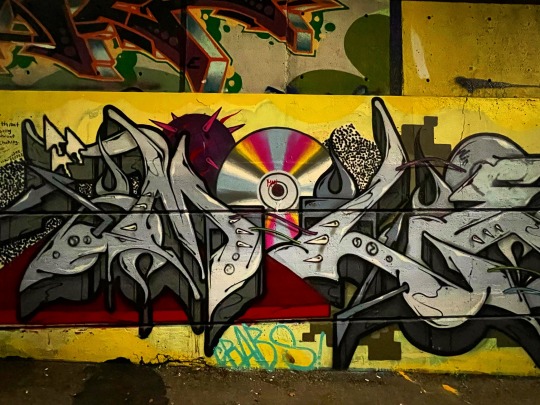
CDs are still in fashion.
#alleyway#graffiti#spotify#street art#alleys#vancouver#vancity#graffittiart#mural#murals#downtown vancouver#graffiti aesthetic#graffiti art#alleyways#604#alley#back alley
5 notes
·
View notes
Text
What makes Downtown Vancouver stand out?
Downtown Vancouver continues to cement its reputation as one of the most livable and culturally vibrant city centers in North America. With its stunning natural scenery and temperate climate, it attracts millions of visitors each year looking to escape to urban parks or explore vibrant neighborhoods from the comfort of modern hotel suites downtown Vancouver. This blog post will discuss what makes this cosmopolitan city truly stand out from the perspectives of cultural experiences, historical architecture, Olympic legacy, and colorful communities. From world-class festivals to waterfront boardwalks, there is no shortage of attractions that contribute to Downtown Vancouver's unique character and energy.

Cultural Hub
Downtown Vancouver acts as a cultural epicenter, bringing diverse art, music, festivals and events to both residents and visitors on a daily basis. As the heart of the city, the downtown core is bursting with creative energy and cultural attractions. On any given night, there are countless live music and theatrical performances taking place at various venues like the Orpheum Theatre, Vogue Theatre and Commodore Ballroom. Several art galleries like the Vancouver Art Gallery and Chan Centre for the Performing Arts provide a platform for both established and up-and-coming local artists. Major annual events like the Vancouver International Jazz Festival, Car Free Day and the Celebration of Light fireworks display further cement Downtown Vancouver's reputation as a Cultural Hub. The dynamic street life and public art installations ensure there is always something new to discover.
Natural Beauty
Downtown Vancouver is stunningly set against a backdrop of natural splendor. Towering North Shore mountains and the waters of Burrard Inlet define the scenic skyline. Stanley Park—a beloved 1001-acre urban rainforest—sits at the western edge of the downtown peninsula, offering a tranquil natural escape amid the urban bustle. The calm waters and seawalls of False Creek Foster allow for activities like kayaking and stand up paddle boarding right in the heart of the city. Well-marked hiking and biking trails weave through mature forests, offering easy access to nature. During winter, locals and visitors admire the snow-capped peaks glistening in the distance. An abundance of parks, gardens and green spaces dotted throughout ensures downtown feels integrated with the beauty of the Pacific Northwest landscape at every turn.
Historical Charm
Steeped in history, Downtown Vancouver pays homage to its rich past. A stroll through Gastown offers a step back in time, with its preserved red-brick architecture and cobblestone roads setting the scene as it did in the late 1800s. Landmarks like Christ Church Cathedral and the Vancouver Law Courts building exemplify the city's European influences from the early 20th century. Historic apartment blocks and structures like the Marine Building–with its ornate limestone accents– showcase the Art Deco era. Many modern hotel suites downtown Vancouver feature period-inspired interiors and fine details that reflect the heritage charm of different neighborhoods. Wandering along quiet back alleys and happening upon historical plaques unveils hidden stories from Vancouver's emergence as a vibrant seaport city. The historical charm remains deeply rooted in the present-day fabric of the downtown area.
Olympic Glory
As the city celebrated 50 years since it hosted the 1976 Olympic Winter Games, Vancouver's Olympic heritage is still proudly displayed. During the buildup to the 2010 Olympic and Paralympic Winter Games, many hotel suites downtown Vancouver hosted international athletes and viewers. Vancouver residents were swept up in Olympic fever as the largest winter sporting event in the world came to Canadian shores. Iconic venues like BC Place Stadium and the Pacific Coliseum played home to memorable competitions and medal ceremonies. The Olympic cauldron remains illuminated as a permanent reminder of the spirit of togetherness. Vancouverites of all backgrounds came together in a vibrant display of national pride and community unity. Over a decade later, the downtown area still attracts many tourists seeking to relive the remarkable winter experiences and sense of Olympic warmth felt throughout the city.
Granville Island
A unique urban enclave situated on an island in the heart of Vancouver, Granville Island has developed into one of the most vibrant public markets and cultural hubs in the city. What used to be light industrial area has now transformed into a pedestrian paradise destination visited by locals and tourists alike. The colorful Public Market is lined with vendors selling BC-sourced artisanal goods and international foods. Nearby, numerous galleries and performance spaces in converted older buildings showcase art, music and theatre. On sunny days, people relax in the parks or stroll along the waterfront boardwalk admiring the False Creek scenery and seaplanes. Cafes and restaurants are packed with diners indulging in fresh and creative dishes. Granville Island's charming and eclectic atmosphere makes it a must-see highlight of any trip downtown.
Cultural Exchange
Downtown Vancouver has long served as a vibrant hub where diverse cultures interact and blend together. Nearly half of local residents were born outside of Canada, bringing their own traditions, cuisine and art from around the globe. Major ethnic neighborhoods like Chinatown and Little India exhibit this cultural mosaic through banners of foreign languages, ornate architecture, and international shops. Annual events like the Chinese New Year parade, Carifiesta and Taste of Yaletown showcase musical performers dressed in brilliant traditional costumes. Meanwhile, world-class museums provide learning platforms to experience global indigenous traditions and the region's natural history. Among the downtown hotels and public plazas, an array of languages can be heard as new immigrants and tourists alike experience the international flare. The spirit of multiculturalism runs deep - a defining element that downtown Vancouver proudly displays.
Conclusion
Downtown Vancouver exemplifies the perfect blend of urban adventure and natural beauty. As a meeting place for diverse cultures and events, it serves as a microcosm of modern society for residents and tourists alike. Whether enjoying the bustling nightlife, soaking in historic districts, or simply taking in breathtaking mountain vistas, there is an endlessly renewing spirit about this city amid the Pacific coastline. As new developments continue while preserving the past, Downtown Vancouver will surely maintain its ability to surprise and inspire visitors from the hotel suites downtown Vancouver. Its character derives from the harmonious fusion of numerous elements that cannot be found elsewhere, solidifying its status as one of the best locales to experience everything a world-class city has to offer.
#hotels in downtown vancouver#hotels on granville street#downtown vancouver hotels#hotels#hotel#downtown vancouver#canada#hotel suites downtown vancouver#hotel suites downtown#hotel suites
1 note
·
View note
Text
In which I SkyTrain-post about: the Dunsmuir Tunnel.
Or, actually, why the SkyTrain network as a whole feels like a goofy little toy train, while also being a really cool example of quirky '80s technology being pushed right to its absolute limits. But first, some context is useful — specifically, the urban freeway plan for Vancouver, which, unlike many cities in North America, was largely aborted.
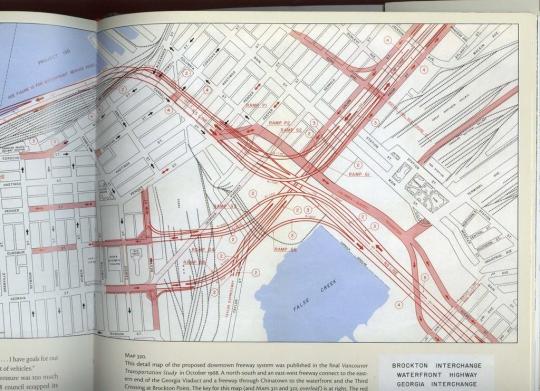
↑↑↑ This is what they wanted to do to part of the City of Vancouver…

…and this is the overarching plan that was mostly defeated by an organised left in Vancouver. (The few areas that weren't saved, well, those deserve their own posts.) So, with a massive freeway plan being shot down for the city centre, what was the plan going to be for transit? Well, after some amount of messing around with express buses throughout the '70s on the part of the regional transit network, which was operated by BC Hydro before BC Transit took it over… …Vancouver got chosen to host Expo 86. Which was themed around transportation, being named "Transportation and Communication: World in Motion — World in Touch".
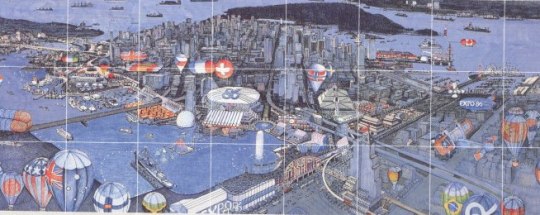
Which meant: well shit, maybe now's a good time to make up for having dodged the whole highway bullet. However, using a normal heavy rail network, on entirely new infrastructure, with human drivers, was untenable, because: I guess I need to introduce the Socreds.

I'm not going to get into the ideology of social credit, which the Socreds never actually ended up being able to give effect to, or the somewhat unusual conservatism of WAC Bennett's long administration, but effectively, by the early '80s, the Socreds had pivoted to plain old neoliberalism, which meant: cutting costs all over and also keeping unions out of whatever they could. (As an aside, if you've ever got the time, read about the Solidarity protests of 1983 in BC, because the sheer intensity of the Bill Bennett administration's fuckery on that front is a pretty clear demonstration of shock doctrine.) And yes, if you're keeping track, that's William Bennett for 20 years → 3 years of not William &c. → Bill Bennett for 11 years → Wilhelmus Vander Zalm for 5 years. Lots of William happening. And all of those assorted Williams were Socred Premiers. But how do you cut costs and also keep unions away from a brand new metro system? Well, Urban Transit Development Corporation, a Crown Corporation (basically a state-owned enterprise, but Canadian) in Ontario had an idea:
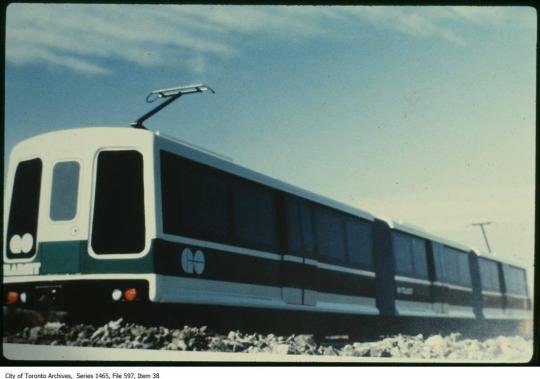
A tiny train. But it runs frequently. It's also automated, and uses a linear induction motor for propulsion. That's kinda critical to the fact that the SkyTrain works whatsoever, really, given other constraints I'm about to get into. And what else can one do to save costs on a rail system?

Reuse old alignments, like the Central Park Line of the British Columbia Electric Railway.

But what saves even more money?


Reusing old infrastructure. Basically, until just a few years before the SkyTrain started operation, Canadian Pacific ran long-distance trains, all the way out to Toronto (and sometimes further), through the Dunsmuir Tunnel from Waterfront Station, which is now the "main" hub for TransLink, linking the SeaBus, Expo Line, West Coast Express. Canada Line, and many bus routes. But that got shut down, to make way for literally slicing the Tunnel in half height-wise — and thus letting two tracks use the same tunnel, which was built tall enough for old steam trains. Which means: you've got trains constrained to a fairly tiny loading gauge, which, sure, maybe you'd want to build longer platforms to compensate for that, but:
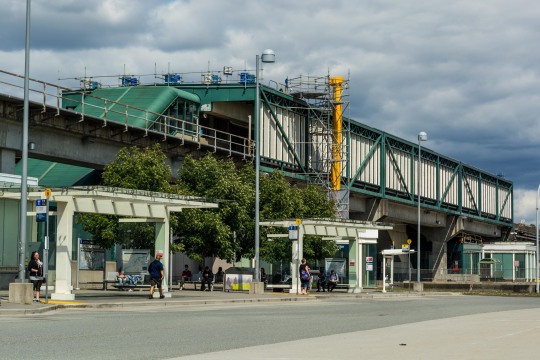
No. Hence automation. For example, try to find a precise timetable for the Expo Line anywhere on the Internet, without screwing around with APIs or whatever. You can't, last I checked. The design philosophy resulting from the "let's spend as little as goddamn possible while still having a grade separated rapid transit system" approach means that, well, we've got trains so tiny in loading gauge terms that you can fit two in a barely modified single-track rail tunnel, which are barely even 80m long, which still could carry 25,700 people per hour per direction, solely thanks to completely absurd frequencies. Like, TransLink deserves to be yelled at over the lack of redundancy in such a critical transportation backbone, and the provincial governments that they rely on for funding deserve it even more, but it's. Well. Kinda interesting how the most ridiculous possible political pressures resulted in, like, a fairly functional transit system, via the weirdest specifications possible. However, this is also why, not even 40 years after the Expo Line opened for regular service, it's already close to its limits. They were far too cautious and non-ambitious in their design for the system, chasing ideologies of Fiscal Responsibility™ instead of future-proofing, and now we've got transit infrastructure that's going to require redundancy to the tune of an entire extra metro line in the northwest/southeast direction eventually, even if other connections should be able to pick up the slack in the medium term.
#transit#transportation#public transit#numtot#Vancouver#Metro Vancouver#SkyTrain#Dunsmuir Tunnel#Social Credit Party (British Columbia)#socreds#Wacky Bennett#Downtown Vancouver#Expo 86#urban planning#longpost
14 notes
·
View notes